
by Alexa Jett | Mar 22, 2024 | Cancer Caregivers, Ovarian Cancer, Pancreatic Cancer, Prostate Cancer, Thyroid Cancer
 Oh it’s not that kind of shot. It’s the other kind of shots, which require some modification for people with cancer. It just
Oh it’s not that kind of shot. It’s the other kind of shots, which require some modification for people with cancer. It just
so happens that ASCO (American Society of Clinical Oncology) has come out with new guidelines regarding vaccines for cancer patients.
The guidelines include a recommendation for doctors to take vaccination histories at the start of cancer treatment, followed by provision of recommended vaccines, re-vaccination after cancer treatments that wipe out immunity (for instance stem cell transplant), as well as vaccination of household contacts in order to protect the cancer patient.
We are more vulnerable to infection, because our immune system is injured by chronic inflammation, by the cancers, and by our treatments. Also, we don’t get as good an immune boost from some vaccines as people without cancer do.
If our immune system is “compromised” we can’t take live vaccines at all, and non-live vaccines aren’t as effective. Live vaccines contain weakened but still replicating virus or bacteria. They cause a mild infection in normal people, which triggers an immune
response. But for those of us with a weakened immune system, live vaccines, such as chicken pox/shingles, measles, mumps, oral typhoid, and German measles, can cause a real infection. Non-live vaccines are safe, including the new RNA vaccines. Non-live vaccines for different conditions can be given on the same day.
Here is a summary of recommendations, which I have shortened for prostate cancer:
- “Clinicians should determine vaccination status and ensure that adults newly diagnosed with cancer and about to start treatment are up to date on seasonal vaccines as well as age- and risk-based vaccines
- Vaccination should ideally precede any planned cancer treatment by 2-4 weeks. However, nonlive vaccines can be administered during or after chemotherapy or immunotherapy, hormonal treatment, radiation, or surgery
- Adults with solid and hematologic cancers traveling to an area of risk should follow the CDC standard recommendations for the destination
Note. Hepatitis A, intramuscular typhoid vaccine, inactivated polio, hepatitis B, rabies, meningococcal, and nonlive Japanese encephalitis vaccines are safe
- It is recommended that all household members and close contacts, where feasible, be up to date on vaccinations “
Here are some specific recommended immunizations for adults with Cancer:
| Vaccine |
Recommended Age |
Schedule |
| Influenzaa |
All ages |
Annually |
| RSV |
60 years and older |
Once |
| COVID-19 |
All ages |
As per the latest CDC schedule for immunocompromised17 |
| Tdap or Tdb |
19 years and older |
One dose of Tdap, followed by Td or Tdap booster every 10 years |
| Hepatitis B |
19-59 years: eligible
60 years and older: immunize those with other risk factorsc |
For adults 20 years and older, use high antigen (40 µg) and administer as a three-dose Recombivax HB series (0, 1, 6 months) or four-dose Engerix-B series (0, 1, 2, 6 months)18 |
| Recombinant zoster vaccine |
19 years and older |
Two doses at least 4 weeks apart |
| Pneumococcal vaccine |
19 years and older |
One dose PCV15 followed by PPSV23 8 weeks later
OR
One dose PCV20d |
| HPV |
27-45 years: shared decision making |
Three doses, 0, 1–2, 6-monthsAbbreviations: HPV, human papillomavirus; PCV, pneumococcal conjugate vaccine; PPSV-23, 23 valent Pneumococcal polysaccharide vaccine; RSV, respiratory syncytial virus; Td, tetanus and diphtheria; Tdap, tetanus, diphtheria and pertussis.
a Live attenuated influenza vaccine, which is administered as a nasal spray, cannot be given to patients with cancer.
bTdap has lower amounts of diphtheria and pertussis toxoid and is only used for those 7 years and older. DTaP, the pediatric vaccine for prevention of tetanus, diphtheria, and pertussis, is only for children younger than 7 years.
cHIV, chronic liver diseases, intravenous drug use, sexual risk factors, incarcerated individuals.
dPatients who have previously received PCV13 only can receive one dose of PCV 20 after an interval of 1 year.
|
Abbreviations: HPV, human papillomavirus; PCV, pneumococcal conjugate vaccine; PPSV-23, 23 valent Pneumococcal polysaccharide vaccine; RSV, respiratory syncytial virus; Td, tetanus and diphtheria; Tdap, tetanus, diphtheria and pertussis.
a Live attenuated influenza vaccine, which is administered as a nasal spray, cannot be given to patients with cancer.
bTdap has lower amounts of diphtheria and pertussis toxoid and is only used for those 7 years and older. DTaP, the pediatric vaccine for prevention of tetanus, diphtheria, and pertussis, is only for children younger than 7 years.
cHIV, chronic liver diseases, intravenous drug use, sexual risk factors, incarcerated individuals.
dPatients who have previously received PCV13 only can receive one dose of PCV 20 after an interval of 1 year.
Now, a few further details about some common shots:
COVID
The COVID-19 vaccines protect patients with cancer, reducing the risk of severe COVID-19 illness and hospitalization. The recommendation is to receive at least one dose of the updated 2023-2024 COVID-19 vaccine. For those on therapies which diminish the immune response, ASCO recommends additional vaccine doses after 2 months. It is recommended to postpone immunization for 2-3 months for individuals who have recently had a COVID-19 infection.
FLU
It is safe to vaccinate during chemotherapy or while white cells are low. But the nasal spray flu vaccine should not be given to patients with cancer.
Pneumonia
Patients with cancer are at higher risk for pneumonia. (Blood cancers 50 times the risk!) Pneumonia vaccines reduce the chances of getting pneumonia and the need for hospitalization.
Shingles
There is a new vaccine called RZV. It is non-live so OK for us. (the previous vaccine, a live attenuated type, is not recommended for patients with cancer.) RZV should be made available to all adults with cancer. This vaccine remains immunogenic even after cancer treatment has begun.
RSV
Patients aged 60 years and older with cancer are eligible to receive the respiratory syncytial virus vaccine.
Our immunity to tetanus, diphtheria, and pertussis weakens as we age, and this decline may be accelerated after cancer treatment. It is strongly recommended that individuals diagnosed with cancer receive the Tdap vaccine if they have not been vaccinated as adults.
Why bother?
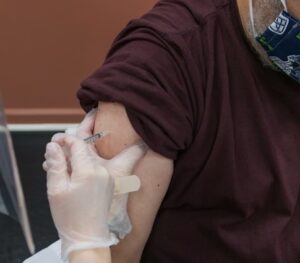
“Infections are the second most common cause of non–cancer-related mortality within the first year after a cancer diagnosis, with most of these deaths attributed to influenza and pneumonia, deaths that can be prevented throughimmunization. While patients with cancer have lower immune responses to influenza and pneumococcal vaccines, evidence supports the safety and benefits of vaccinations in reducing the severity of infections and associated hospitalizations.”
Often we will see the term “immunocompromised.” Does this apply to us? This term is not, to my knowledge, precisely defined. For those of us with prostate cancer, it usually means neutrophils (a type of white blood cell) are down below 1000 cells per microliter of blood, and is usually due to our treatments. The immune system is complex, and there are many ways to become “immunocompromised.” Anyone on chemotherapy could be considered to be immunocompromised. .Ask your oncologist if you fit this category, and if you know of a clear generally accepted definition, please write to me.
The authors sum up: “A cancer diagnosis can be overwhelming, and vaccination may not be an immediate priority in the treatment plan. However, numerous studies consistently highlight the best protection when vaccines are administered before starting cancer treatment, emphasizing the need for early vaccination.”
Special thanks to beloved AnCan moderator and Advisory Board member ‘Dr. John’ for providing this wonderful write up!
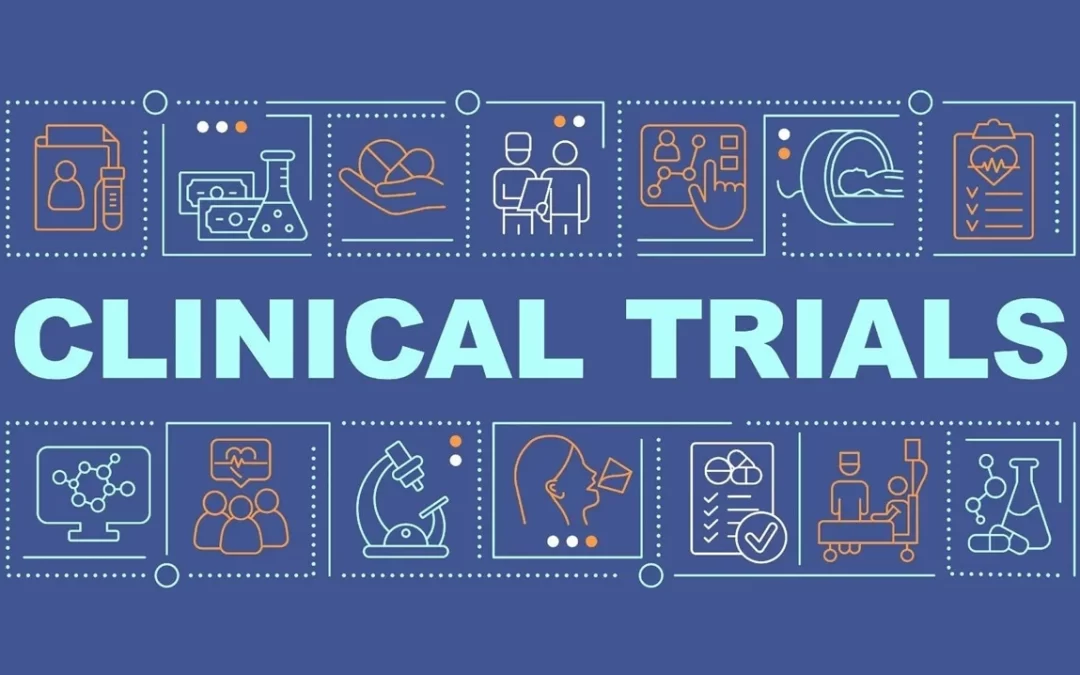
by Rick Davis | Mar 21, 2024 | Active Surveillance PCa, Blood Cancers, Brain Tumors, Cancer Resources, Pancreatic Cancer, Prostate Cancer, Recent News
What’s in a Clinical Trial? – Dr. John Antonucci’s Primer
On Tuesday, February 27 at 16:45 EST sharp, a highly-trained, elite squadron of AnCan specialists (Speak for yourself Dr. John -rd) attempted the impossible: to condense the essence of arguably the best scientific meeting on genitourinary cancer research in the world into 1 hour of intelligible, useful information. A couple of hundred scientific poster and oral research presentations from the American Society of Clinical Oncologists annual GU meeting (GU ASCO24), made available and understandable to us AnCan’rs? You can view their attempt as well as the slides at https://ancan.org/patient-highlights-from-the-2024-asco-gu-conference/ and judge how they managed.
To prepare for the session, a basic understanding of research is very helpful. It starts when scientists comes up with a question. For example, “Does Lupron do any good?” They then design a study to answer the question.
Types of studies:
Not every study is an experiment. In an experiment, the scientist does something to the subjects, such as try a new drug, and compare them to a control group, which doesn’t get manipulated. In observational research, the scientist studies the subjects but doesn’t do anything to them.
Randomized controlled trials (RCT) are a type of experiment that is highly thought of. If you want to find out if Lupron is any good, you can find 2 groups of subjects with prostate cancer, give one group Lupron, and the other group a placebo (ie no medicine, although you still administer the fake dose). You have to be careful that the 2 groups match, because if you accidentally put most of the healthy patients in group A, they will do better but mess up your results. This is the controlled part: you have to make sure both groups match except for the experimental manipulation. This is partly done by randomizing, assigning the subjects at random to the groups. At the end, you find out how long each group lived (or some other pre-established endpoint) and make a conclusion. This type of study is an experiment. It is also prospective: you create data as you go along which makes it a good study.
One of the several types of observational studies is the cohort study. Cohort studies follow groups to see how they do. For example, you could follow 1000 men over time, and see if the smokers get more prostate cancer than the nonsmokers. This could give a clue into what contributes to prostate cancer and how to prevent it. These studies are often prospective (looking into the future) but can also be look-back, or retrospective as well. A well-known cohort study in prostate cancer is the Canary Cohort that looks at low/intermediate Active Surveillance; or the Framingham Heart Cohort.
A cross-sectional study can answer questions like, what percentage of 50-year-old men have had a PSA test? You have 500 fifty year old men answer the question, and get your conclusion. It’s at one point in time. (The opposite is a longitudinal study, following subjects over time.)
Qualitative studies don’t collect numerical data like the others. If you want to find out what life is like on Lupron, you interview lots of men on the drug and get the big picture. The opposite is quantitative, where numerical data is collected.
Naturally, it makes sense to have lots of subjects in any study so you don’t get fooled by chance. For instance, you could flip a coin twice, get heads twice, and wrongly conclude that all coin flips will be heads. So big studies are better than small ones. The number of subjects in a study is known as n. As you’ll see on Tuesday, small ‘n’s make results suspect.
Which type of study is chosen depends on the question, the ethics, and the resources.
Only an experiment, like an RCT, can make a cause-and-effect conclusion, because it’s randomized and has a control group. Other studies can discover correlation; that’s when two phenomena occur together but causation is unclear.
There are studies of studies as well: A Meta-analysis will review and combine several similar studies to make the results even more convincing. A Literature review will review many studies, pick the best, and create a summary for us.
Basic science research uses instruments like petri dishes and microscopes to study molecules or cells or tissues; these are in-vitro studies. Lupron started in basic science research. Then it progressed to animal or in-vivo studies. Treatments that look promising at this stage progress to human clinical studies.
Clinical Trial Phases
You will hear human clinical studies presented as Phase I, Phase II, or Phase III studies. According to the FDA, Phase 1 has 20 to 100 healthy volunteers or people with the disease/condition. It lasts several months and is to test for safety and dosage. About 70% of drugs move to the Phase 2, where up to several hundred people with the disease/condition are studied for several months to 2 years looking at efficacy and side effects. Approximately 33% of drugs move to phase 3, where 300 to 3,000 volunteers who have the disease or condition are studies for 1 to 4 years to deeply look at efficacy and monitoring of adverse reactions.
A drug like Lupron, when it did well at all these phases, was then submitted to the FDA for approval. After approval it was still followed, in phase IV or post-marketing research, as was given to thousand of patients. Keep the phases in mind if you volunteer to be a research subject.
Screening Test Evaluations
One last thing, which came up in last week’s group: How do you measure if a test is any good? For instance an experimental test for the feared neuroendocrine cancer might be evaluated. Or what if someone asks, “Can PSA test for prostate cancer?” Two ways: you ask, “If prostate cancer is present, how good is the test at detecting it?” This is sensitivity. And, “If the test is positive, how often is prostate cancer really there?” This is specificity.
Your AnCan team looked at all those ASCO meeting presentations from last month. They looked with an eye toward good study design, importance, whether it’s an experiment or not and if so what phase it is, is it prospective, does it have a large-n, and is it of interest to men in our group. Hopefully reding this will make it easier to understand the ramblings of our AnCan Mods.
Dr. John Antonucci MD dr.john@ancan.org
(Editor’s Note: AnCan is planning a webinar on clinical trials in 2024.)
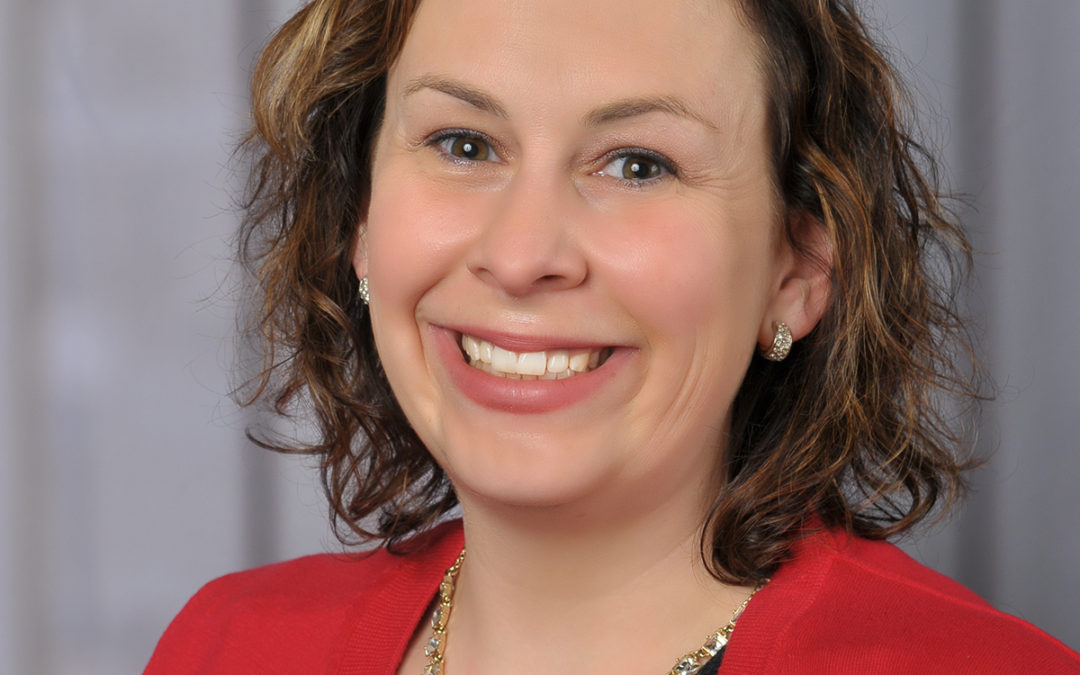
by Rick Davis | Dec 10, 2023 | Cancer Resources, mCRPC, Men's Breast Cancer, mHSPC, nmCRPC, Ovarian Cancer, Pancreatic Cancer, Prostate Cancer, Recent News, Women's Breast Cancer
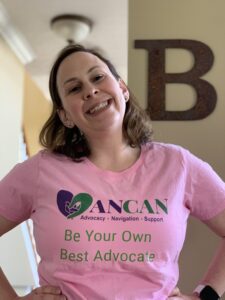 For those that have been around AnCan for a while, the name Lindsey Byrne should be familiar. Lindsey is a Genetic Counselor at The Ohio State University (James) Comprehensive Cancer Center who specializes in prostate cancer. Click this link, and you’ll see everything she has done with AnCan!
For those that have been around AnCan for a while, the name Lindsey Byrne should be familiar. Lindsey is a Genetic Counselor at The Ohio State University (James) Comprehensive Cancer Center who specializes in prostate cancer. Click this link, and you’ll see everything she has done with AnCan!
Lindsey recently participated with Janssen Biotech, soon to be referred to as just Johnson & Johnson (JnJ), to make 3 short videos on the implications of the BRCA gene mutation for prostate cancer. This is part of a non-branded education effort as JnJ introduces its newly approved single pill, AKEEGA, that combines PARP-Inhibitor niraparib with ARSI, abiraterone acetate. Lindsey doesn’t just talk the talk; she walks the walk – ask her patient, frequent AnCan participant, Frank Fabish pictured together right. AnCan, btw, is also indirectly connected to panelist GU med onc Cora Sternberg, who went to grade school with one of our gents, and was a good family friend of another.
gents, and was a good family friend of another.
If the video seems a little stiff, that’s because it has to be fully scripted to meet FDA requirements for the manufacturers. That said, the information is good, understandable and accurate – although it may leave out important additional information AnCan would impart. So if you know very little about BRCA, and want to understand it better, we recommend watching these 3 short videos that you can do in les than 20 minutes. Click https://www.uncoverbrca.com/expert-video-series/index.html
Two short caveats:
- even if you don’t have prostate cancer, but your condition has a risk for BRCA mutations, the videos may be helpful. PARP-Inhibitors alone are often a treatment option when BRCA is present in any cancer.
- in full disclosure, JnJ is a significant AnCan financial sponsor. However, JnJ neither requested nor required us to promote these videos.
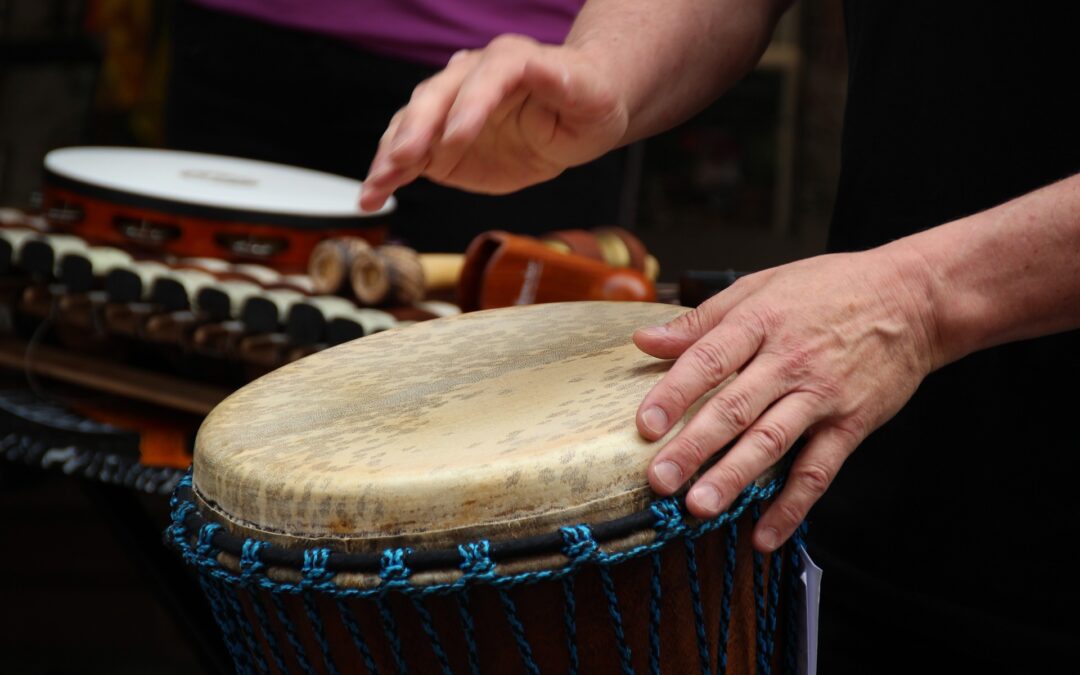
by Rick Davis | Dec 8, 2023 | Active Surveillance PCa, AYA, Blood Cancers, Brain Tumors, Cancer Caregivers, Cancer Resources, Complementary Medicine, Health Resources, mCRPC, Men 'Speaking Freely', Men's Breast Cancer, Mental Health, mHSPC, Multiple Sclerosis, nmCRPC, Ovarian Cancer, Pancreatic Cancer, Prostate Cancer, Recent News, RMC, Thyroid Cancer, Veterans, Women's Breast Cancer
Bang your drum… it could make you smarter and healthier!
I don’t want to work
I want to bang on the drum all day
I don’t want to play
I just want to bang on the drum all day
–Todd Rundgren
Twice in the last several months, the topic of drumming came up in our AnCan Men Speaking Freely group and it generated some excitement both times. So this month’s invite will be on that topic.In my former practice whenever I have given a non-verbal treatment there is a big relief that no talking is involved. In bypassing the verbal and left-brain systems we gain access to a typically unused part of ourselves. I wonder if we can use this approach to cope with our serious illnesses and have a better life?
Our brains have a characteristic called plasticity, the ability to change. You may have heard of this regarding the little finger brain circuit of violinists; it grows as they become proficient. Drummers also have different brains than the rest of us. They have fewer, thicker nerve fibers between the two halves of the brain. They have more efficiently organized motor cortices. (Schlaffke, 2019). Because of this, drummers can do things that we can’t. They can coordinate the two sides of the brain better, and perform motor tasks with greater efficiency. They can play different rhythms with each hand and foot at the same time.
Schlaffke’s subjects had drummed many hours per week for decades. But Bruchhage’s (2020) subjects trained for only 8 weeks and showed several changes in the cerebellum plus changes in the cortex, showing not only cerebellar plasticity but also communication and coordination between the cerebellum and brain sensorimotor areas as well as areas for cognitive control.
Drumming is very complicated, which is why it’s unfair that the lead guitar and vocal guy gets all the girls (Greenfield, J. 2022).
For some reason, there is a close association between beat synchronization (integrating auditory perception with motor activity) and reading ability in children (Bonacina, 2021). Higher synchronization ability predicts better literacy skills. Maybe early intervention involving drumming can improve literacy in kids?
Cahart et.al (2022) showed that drumming can improve behavioral outcomes for autistic adolescents and elucidated some of the neurology involved. Does this mean it could help us?
Drums have been used for millennia for healing, inducing trance, and even psyching up soldiers.
We have learned that drumming is not just about waking up the right brain, but also about connecting the sides of the brain, and the cerebellum with the cortex. It can induce alpha brain waves. It can release endorphins. Even T-cells respond to drumming (Bittman). It induces present-moment experience, which we often work toward to deal with death anxiety. Interpersonal connections are made when people drum together. Despite the effort involved, it induces relaxation. I have come across papers describing drumming and music therapy for a wide variety of emotional problems and currently, there are 8000 music therapists in the US.
How about for us? We see above the possibility of reductions in anxiety, tension, pain, isolation, depression, and over-thinking the past and future. There are many studies of music therapy in ICUs, with patients on ventilators, easing hemodialysis pain, with positive results. Also, helpful with narcotic use, social integration, and depression. MSKCC uses music therapy.
 With terminal cancer, there is data showing that music helps breathing, QOL, psychospiritual integration, reducing pain in chemotherapy, radiation, and helps pediatric breast and lung Ca patients (Ramirez 2018, Hilliard 2003, Burns 2015 Tuinmann 2017, Barrera 2002, Li 2011, Lin 2011). Atkinson (2020) found improvement with fatigue. I couldn’t find any studies focused only on Prostate Cancer.
With terminal cancer, there is data showing that music helps breathing, QOL, psychospiritual integration, reducing pain in chemotherapy, radiation, and helps pediatric breast and lung Ca patients (Ramirez 2018, Hilliard 2003, Burns 2015 Tuinmann 2017, Barrera 2002, Li 2011, Lin 2011). Atkinson (2020) found improvement with fatigue. I couldn’t find any studies focused only on Prostate Cancer.
Well, all this scholarly stuff is really unnecessary to anyone who ever banged a pot with a wooden spoon. Kids love it. Adults love situations where it’s OK to be wild and make noise, such as drumming circles and Pound classes. It’s just fun and feels good.
Dr. John Antonucci
Editor: Dr. John wrote this for our Men Speaking Freely Reminder on Dec 7, 2023. It’s such a perceptive, helpful and instructive piece, AnCan wanted to share it widely.

by Rick Davis | Nov 28, 2023 | Blood Cancers, Brain Tumors, Cancer Caregivers, Cancer Resources, Health Resources, mCRPC, Men's Breast Cancer, mHSPC, Multiple Sclerosis, Pancreatic Cancer, Prostate Cancer, Recent News, RMC, Thyroid Cancer, Women's Breast Cancer
Your Dental Health
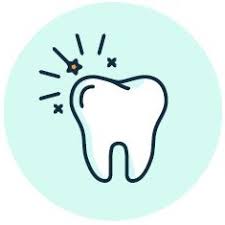 AnCan takes a holistic approach to your physical and mental health. AnCan also recognizes that a healthy mouth contributes to a stress free life… and all too often your condition, or the meds you take for it, can disrupt dental health. Some of our groups speak frequently about dry mouth (xerostomia), loss of taste (ageusia) and ONJ … osteonecrosis of the jaw.
AnCan takes a holistic approach to your physical and mental health. AnCan also recognizes that a healthy mouth contributes to a stress free life… and all too often your condition, or the meds you take for it, can disrupt dental health. Some of our groups speak frequently about dry mouth (xerostomia), loss of taste (ageusia) and ONJ … osteonecrosis of the jaw.
When, Dr. Bob Gurmankin DMD, a recently retired dentist living with advanced prostate cancer, noticed the frequency with which these dental topics came up in his group, he suggested a two-step support program – 1) a handout on our website, and 2) a dental health webinar in 2024… watch out for this int he New Year.
One handout alone was not going serve all needs so Dr. Bob graciously prepared THREE to kick start our effort to help you maintain a healthy mouth.
Please download whatever is appropriate and spread the word to others who you think may benefit. Dr. Bob Gurmankin can be reached at dr.bob@ancan.org ; if you have questions he has kindly agreed to assist… THANK YOU DR. BOB!!!
Please participate in our Groups where you’ll find more support… onward & upwards.
Other Resources

by Rick Davis | May 22, 2023 | Active Surveillance PCa, Advocacy, Blood Cancers, Brain Tumors, Cancer Caregivers, Cancer Resources, Health Resources, hospice and palliative, mCRPC, Men's Breast Cancer, mHSPC, Multiple Sclerosis, nmCRPC, Ovarian Cancer, Pancreatic Cancer, Prostate Cancer, Recent News, RMC, Sarcoidosis, Thyroid Cancer, Women's Breast Cancer
ICE Checklist … in case you go cold!
Last month’s Under 60 Stage 3 & 4 Prostate Cancer meeting was small, intimate and produced a true gem from Down Under to benefit all AnCan’rs …
For the life of me, I forget what raised the topic … maybe a Death with Dignity discussion – but Aussie AnCan’r, Steve Cavill told us about the ICE “In Case of Emergency” Checklist Document that he and his wife Leonie, who occasionally attends our Care Partners Group, have both completed. Steve and Leonie reside in the suburbs of Melbourne and are currently heading towards mid-Winter.
This ICE Checklist takes much, if not all, the difficulty out of placing your key information in one place. Like your vital passwords to your laptop, phone or bank accounts; names of key individuals in your life and more. You know .. all that information making it possible for someone to piece your life together if you’re suddenly no longer with us.
Frankly it’s information we should all compile no matter how old. With this checklist guide at hand to march us through it, there can be few excuses. Just remember, this version of the ICE checklist was created in Oz, so it may not be fully applicable Stateside. If one of our US volunteers has time to ‘Americanize’ it, I feel sure it will be greatly appreciated – we have very few solicitors in the US and a few too many attorneys!
Here’s the checklist document in Word format ICE Document Template Now do your part …. and a BIG THANK YOU, Steve Cavill!!

 Oh it’s not that kind of shot. It’s the other kind of shots, which require some modification for people with cancer. It just
Oh it’s not that kind of shot. It’s the other kind of shots, which require some modification for people with cancer. It just



 For those that have been around AnCan for a while, the name Lindsey Byrne should be familiar. Lindsey is a Genetic Counselor at The Ohio State University (James) Comprehensive Cancer Center who specializes in prostate cancer. Click
For those that have been around AnCan for a while, the name Lindsey Byrne should be familiar. Lindsey is a Genetic Counselor at The Ohio State University (James) Comprehensive Cancer Center who specializes in prostate cancer. Click  gents, and was a good family friend of another.
gents, and was a good family friend of another.

 With terminal cancer, there is data showing that music helps breathing, QOL, psychospiritual integration, reducing pain in chemotherapy, radiation, and helps pediatric breast and lung Ca patients (Ramirez 2018, Hilliard 2003, Burns 2015 Tuinmann 2017, Barrera 2002, Li 2011, Lin 2011). Atkinson (2020) found improvement with fatigue. I couldn’t find any studies focused only on Prostate Cancer.
With terminal cancer, there is data showing that music helps breathing, QOL, psychospiritual integration, reducing pain in chemotherapy, radiation, and helps pediatric breast and lung Ca patients (Ramirez 2018, Hilliard 2003, Burns 2015 Tuinmann 2017, Barrera 2002, Li 2011, Lin 2011). Atkinson (2020) found improvement with fatigue. I couldn’t find any studies focused only on Prostate Cancer.
 AnCan takes a holistic approach to your physical and mental health. AnCan also recognizes that a healthy mouth contributes to a stress free life… and all too often your condition, or the meds you take for it, can disrupt dental health. Some of our groups speak frequently about dry mouth (xerostomia), loss of taste (ageusia) and ONJ … osteonecrosis of the jaw.
AnCan takes a holistic approach to your physical and mental health. AnCan also recognizes that a healthy mouth contributes to a stress free life… and all too often your condition, or the meds you take for it, can disrupt dental health. Some of our groups speak frequently about dry mouth (xerostomia), loss of taste (ageusia) and ONJ … osteonecrosis of the jaw.